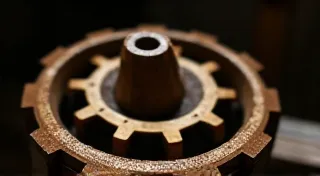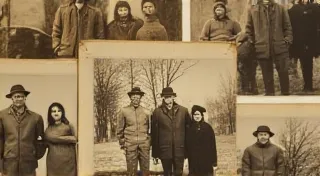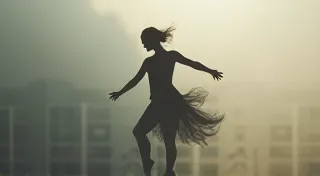The Language of Movement: Non-Verbal Communication in Folk Games
There’s a peculiar magic in watching traditional games unfold. They aren’t merely exercises in physical skill; they are living dialogues, spoken not in words, but in the eloquent language of movement. For centuries, long before widespread literacy and mass media, these games served as crucial social binders, transmitting cultural values, strategic thinking, and complex social cues – all without a single verbal instruction. The rhythm of a Cornish Hevva Kebba, the deliberate stance in a Sicilian Palio, the shared choreography of a Scottish Ba' game – each movement holds meaning, a subtle communication understood instinctively by those who belong.
My grandfather, a meticulous craftsman and passionate collector of antique accordions, instilled in me a deep appreciation for objects that carry history. He's gone now, but I remember him painstakingly restoring a particularly beautiful Hohner Tango. The process wasn't just about repairing the instrument; it was about understanding the hands that built it, the music it had played, the stories it had witnessed. He used to say that every crack, every scratch, held a silent narrative, and that restoring it meant unlocking that narrative. Traditional games, I realized, are much the same – intricate artifacts of human interaction and cultural preservation.
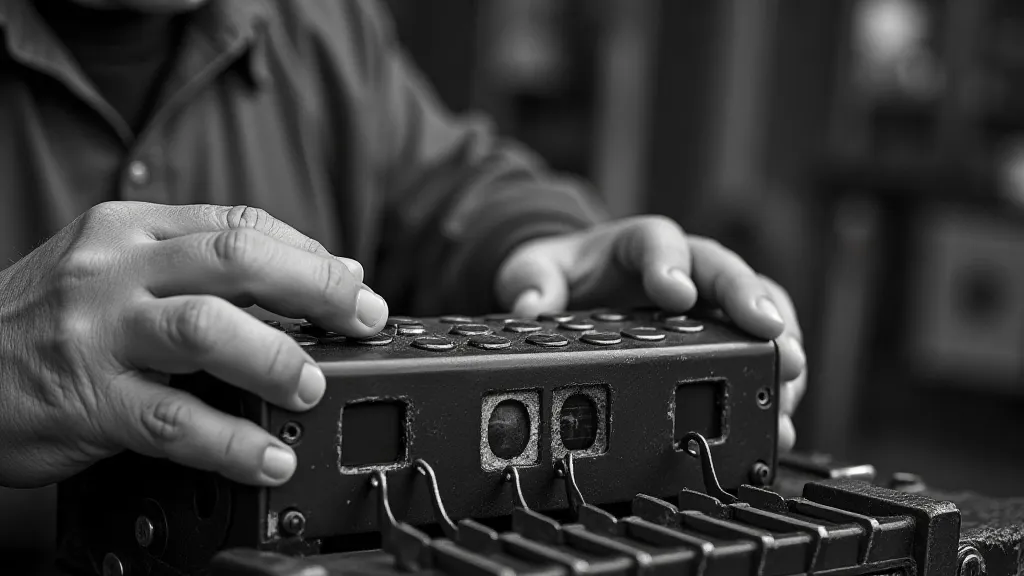
The Roots of Silent Strategy
Consider the practical origins of these games. In many rural communities, education was limited. Sharing complex information verbally was inefficient and unreliable, particularly when dealing with children or individuals with different levels of literacy. Games evolved as a means of transmitting vital skills: farming techniques, territorial boundaries, social hierarchies, even military tactics. A young boy learning to play a form of traditional wrestling in the Caucasus, for instance, wasn’t just building muscle; he was internalizing concepts of balance, leverage, and spatial awareness that would prove invaluable in tending livestock or defending his village.
The absence of verbal instructions fostered a heightened sensitivity to non-verbal cues. Players learned to read micro-expressions, subtle shifts in body posture, and minute changes in spatial positioning. A fleeting glance, a slight widening of the eyes, a barely perceptible shift in weight – these became the signals that dictated strategy and foreshadowed intent. Imagine a group of children playing a version of 'Fox and Geese' in a medieval village. The 'Fox’ player, relying solely on the Geese’s movements to anticipate their next steps, would hone observational skills essential for survival.
Spatial Positioning and Social Cues
The physical layout of a game often mirrored the social structure of the community. In some games, participants occupied specific zones, signaling their status or role. The Palio di Siena, with its tightly packed crowd surrounding the Piazza del Campo and the jockeys vying for position, epitomizes this. The jockey’s position on the track isn't just about speed; it’s a statement of intent, a challenge to opponents, a calculated negotiation of social power. The positioning of players, often dictated by tradition and subtly reinforced through gestures, conveyed unspoken information about alliances and rivalries.
Think about the intricacies of a Highland Gathering's caber toss. The height the caber is tossed isn’t solely a measure of strength; the way the competitor holds the caber, the angle at which they begin the throw, even their facial expression – all these communicate experience, confidence, and respect for the tradition. A young man attempting the feat would learn quickly to observe the established athletes, absorbing their techniques not through explicit instructions, but through a silent, visual dialogue.
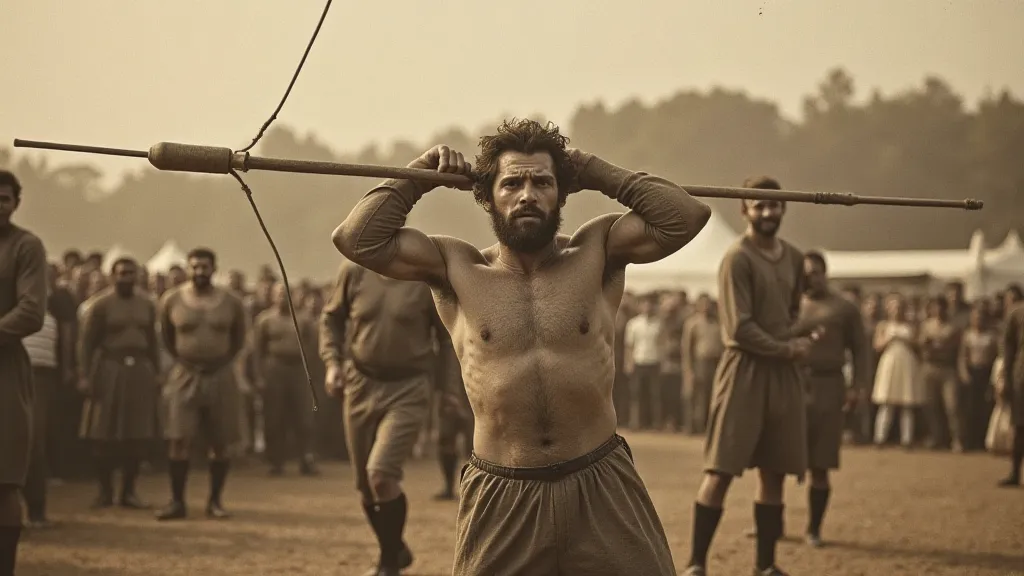
Gestural Language: Beyond the Obvious
The gestures used in traditional games are rarely random. They often possess a symbolic meaning deeply rooted in the local culture. A particular hand placement during a game of Mancala might signify a defensive move, while a slight bow of the head could indicate respect for an opponent. These gestures are passed down through generations, evolving subtly over time but retaining their core meaning. Learning them isn't just about understanding the game; it's about becoming part of the community.
In some regions, specific rituals surrounding the beginning and ending of a game further reinforce these unspoken rules. A shared circle of participants, a communal offering to a local spirit, a stylized bow – these actions serve to connect the players to their history and to each other, solidifying the unspoken language of the game.
The Echoes of the Past: Restoration & Preservation
My grandfather always emphasized the importance of respecting the original condition of the accordions he restored. He believed that removing the patina of age would erase a piece of the instrument’s history. Similarly, when we discuss traditional games, we need to recognize that any attempts to “modernize” them risk losing the very essence that makes them unique – the silent language of movement.
Preserving these games isn’t just about maintaining a fun pastime; it's about safeguarding a vital form of cultural heritage. Supporting local communities that continue to play these games, encouraging younger generations to learn the rules and traditions, and documenting the subtle nuances of the unspoken language – these are essential steps in ensuring that these living dialogues continue to resonate for generations to come. The loss of a game isn’t just the loss of a pastime; it's the loss of a vital thread in the tapestry of human culture, a silencing of a voice that has spoken eloquently for centuries.
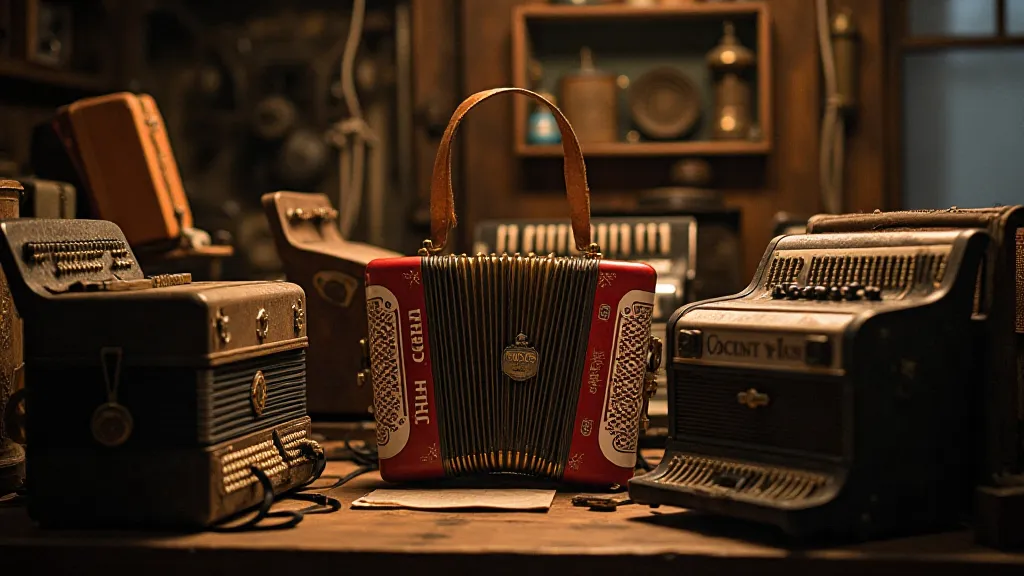
Just as my grandfather’s meticulous restoration of his accordion revealed a wealth of unspoken stories, studying the subtle language of movement in traditional games unveils a profound understanding of the human spirit – our ingenuity, our adaptability, and our enduring need to connect with one another, not just through words, but through the eloquent poetry of movement.
